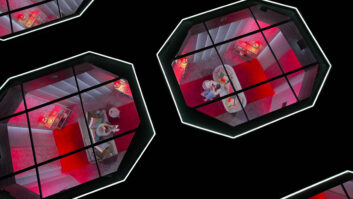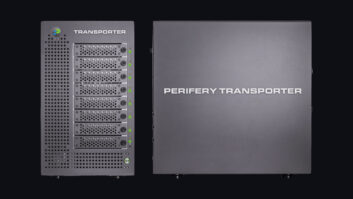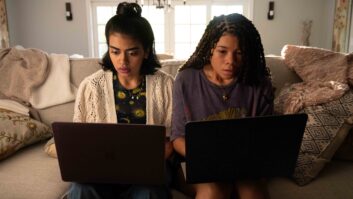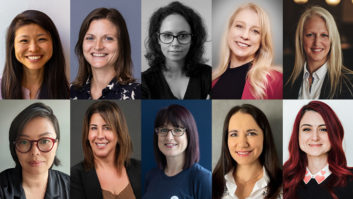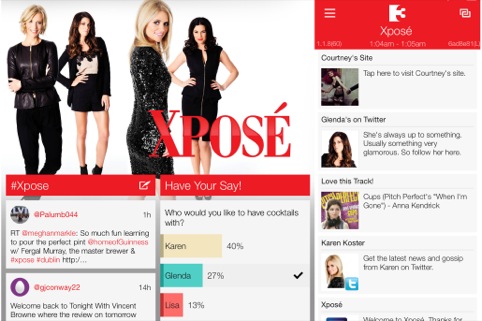
‘Media-Meshing’– actions that in some way relate to what viewers are watching on TV – is practiced by around a quarter of the UK population. The survey that produced that statistic suggests the figure rises to 44% for young people. The same study showed that 11% use social networks while watching television, while 3% interact directly with programmes via apps. Significantly, second screen has produced some pretty spectacular successes as a marketing tool. However, studies reveal there are still some in the broadcast industry who do not really understand this new level of viewing experience, and the technology is not something that can be ignored.
Guido Dukker (pictured), founder and partner at Webrangers, an Amsterdam-based cross media agency explains, “The second screen market is developing quickly, and provides broadcasters and producers with access to new revenue. I believe it is now possible to provide viewers with exciting cross media campaigns that are funded through digital advertising solutions.”
Dukker explains how he creates a second screen campaign. “We watch a test episode of the programme, but then look at it from the audience perspective. That means researching just who is the audience, which personas can be defined, what makes or breaks the programme for these people? This is so important because people use different ways to interact while watching.”
Then engagement factors of the programme are considered. Does the format include an invitation to engage? Is commenting, liking or voting an action which contributes to the viewing experience? Next, financing. Does it come from the production budget, or does the second screen finance itself?
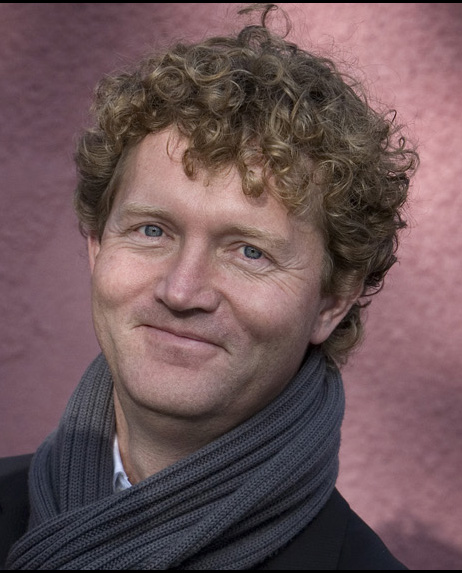
“We decide on the goals – extra viewers, better ratings, money, enhanced experience. Then, should we make a website, app, Facebook page, YouTube channel, mash-up, or something else? We present producers with a set of designs to bring it alive. Often, there is a lack of awareness of the potential of the web and behaviour of their audience, and ways you can make money on the internet.”
Smart thinking
But does the second screen impact on ‘traditional’ viewing habits? “It is clear that audiences’ attention is no longer fully on the main screen,” maintains Peter Cowley (pictured), CEO Spirit Digital Media. “In some cases, the second screen is now the TV as audiences focus most attention on digital activities.”
With that in mind, will smart TVs be used for both first and second screen viewing? “It depends on the mode of the viewer. If they are in a shared viewing environment, the smart TV will be augmented by other screens, so as not to disturb the main screen activity. If the viewer is on his or her own, I can see the possibility that the smart TV can provide extra content and so replace the second physical screen. My prediction is that mobile and tablets will provide most of the second screen usage.”
Beyond that, will second screens promote ‘live’ – rather than on demand or time shifted – viewing? “Broadcasters are increasingly keen on ‘live events’ that keep viewers to their schedules, and creates a ‘realtime’ social buzz by trending on Twitter and social chatter. The investment in ‘synchronised’ second screen apps helps this objective. It offers potential advertisers two chances of getting the attention, and maybe the engagement, of the viewer.”

Building on success
“A second screen campaign is always built on the success of the first screen content or brand,” maintains Kieran Bresnan, managing director EMEA of Massive Interactive, a leader in platform software and design for multiscreen TV everywhere entertainment. “Once you have that then you can start to build the campaign – be it voting on live TV, gaming odds, behind the scenes or bonus content. Your first screen will then form the basis of the campaign to promote the second screen – tied in with a bit of smart PR!”
Bresnan says that where a broadcaster transmits a show with millions of viewers, it will be easier to convert them to second screen adopters. “For example, at the Winter Olympics the BBC used second screen technology for viewers to enjoy every element of the Games. However, they have used their first screen – both BBC1 and BBC2 – to market the app and drive awareness.”
But which comes first, the app or the content?
“We are the creator of the apps for the content owners,” explains Bresnan. “Whilst we are heavily involved in strategy, ultimately we are asked to develop the app around the content, but always with the user experience in mind.”
He reports there have been a number of content owners who possess a great platform and technology roadmap, but with low audience and engagement levels due to poor content. “Conversely we have met content owners with amazing material, but offering a poor or bug-filled user experience, which is only available on one or two devices that no one watches. The goal is to have both engaging content available on a great delivery platform with a fantastic user experience that everyone watches.”
Synchronising is key
Another company heavily involved with making the technology work is Netherlands-headquartered, Civolution. “We provide an extensive portfolio of digital solutions for media interaction – that is TV-synchronised experiences for cross-screen applications and smart devices, media intelligence and media protection,” explains Andy Nobbs (pictured), chief marketing officer.
Both audio watermarking and fingerprinting are key ACR (Automatic Content Recognition) technologies used for cross-screen synchronisation. In its simplest definition, ACR technology gives a device such as a tablet, smartphone, or smart TV the ability to become ‘content-aware’ and ‘know’ what is being watched or heard. By being content-aware, the connected device can make use of the broadband connection to retrieve related material.
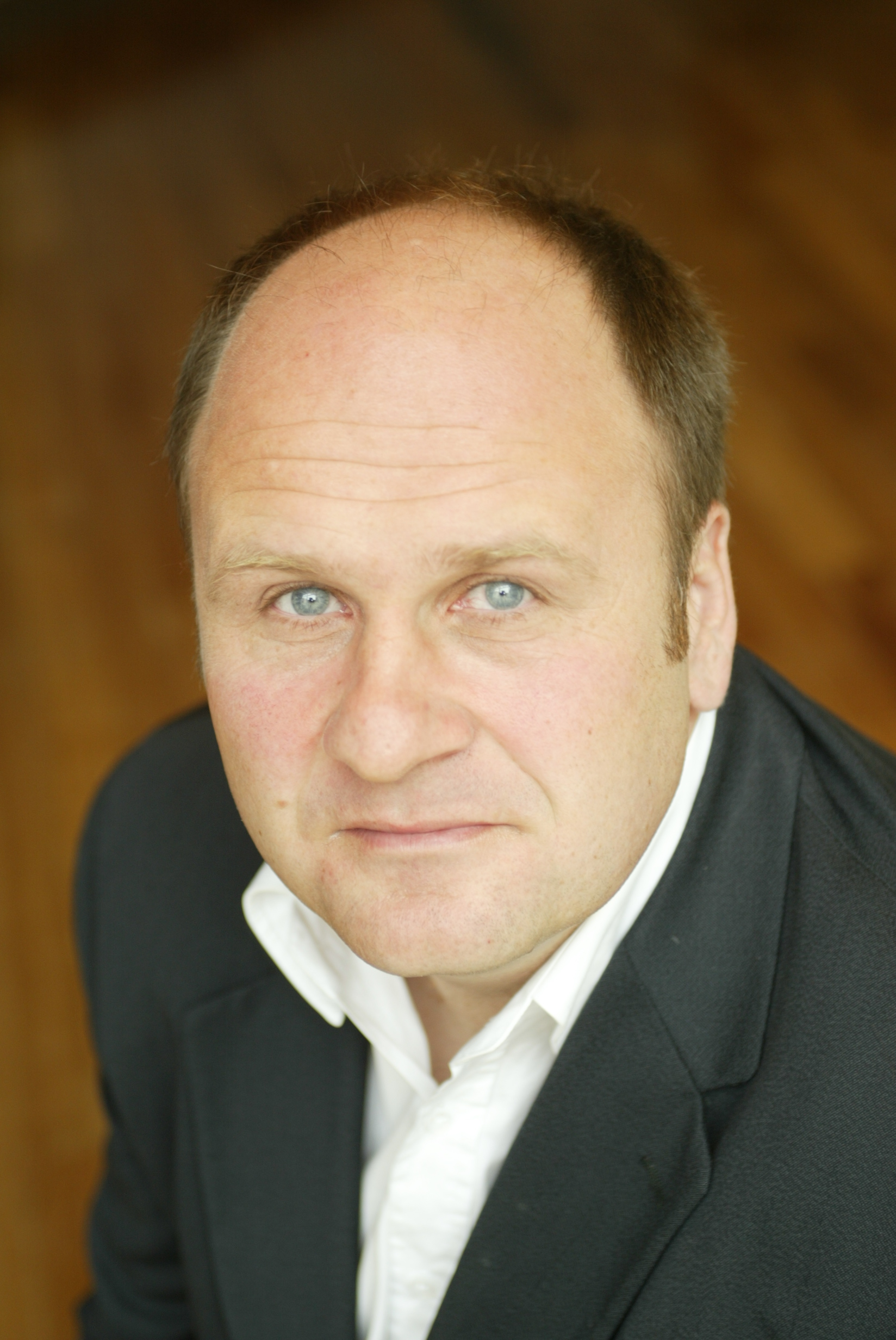
“Content owners, channels and advertisers can offer more immersive event-based viewing experiences and deeper engagement to consumers which makes it more likely that the viewer will stay with the programme,” states Nobbs.
One such event was The John Smith’s Grand National on UK’s Channel 4. “Through the Channel 4 Horse Tracker app, users could choose to follow one horse, a multiple selection, or track the live positions of all in a race,” Nobbs explains.
Synching the campaigns
We’ve seen that many viewers use second screens, but do broadcasters need to do more to educate in the use of the technology?
“Maybe, but not hugely,” states Lindsey Clay (pictured), chief executive, Thinkbox, the marketing body for commercial television in the UK. “It is a pretty intuitive activity anyway and the broadcasters are doing well, alerting viewers to second screen opportunities and encouraging them to get involved. There are also warm-up ads for things like Shazam, letting viewers know to get ready for an upcoming Shazamable ad. Thinkbox has used this technique itself with its Harvey and Rabbit TV campaign.”
In 2012, ITV launched its Ad Sync format, which allows viewers to interact via a second screen with a brand and to explore more about the advertisers’ products or services. One highly successful second screen campaign involved supermarket retailer, ASDA. Here, users were invited to build their own snowman, with an array of buttons, hats, scarves and noses from which to choose. When their snowman was complete, users were asked to share their creation on social media and enter a competition for a chance to win a £500 shop. The creative achieved engagement rates of over 54%, with 20% clicking through to ASDA’s site. Over 36,000 snowmen were created and 14% of these creations were shared on social media.
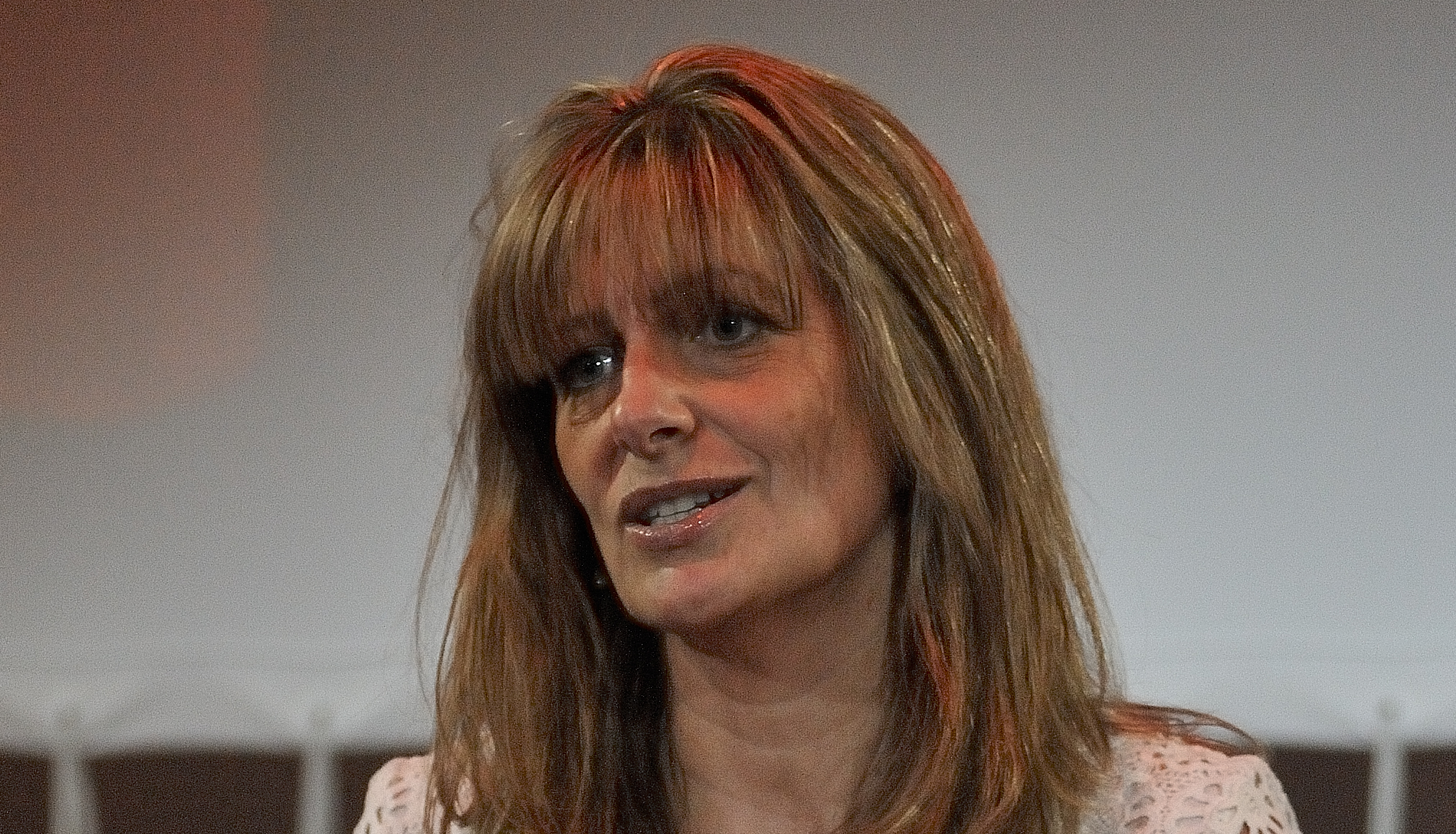
The fashion factor
“We started thinking about second screen in mid 2012,” explains Stephen Grant (pictured), director of online of Ireland’s TV3 Group and head of ShowPal. “TV was generating a significant amount of online action, but that activity was going to third parties, such as Twitter, Google and IMDB. We, as a broadcaster, wanted to repatriate this online activity within a controlled environment. This led us to partnering with app development company, Axonista, and jointly developing ShowPal which launched in October 2013.”
This app uses ACR to determine the point in the broadcast being viewed. It then sends pre-created links for complementary information to the second screen – synched to what’s being broadcast. It also has a Twitter plug-in pre-populated with the #hashtag for the show and a flexible HTML5 space for polls, quizzes, and so on.
Grant says that TV3 saw ShowPal as a way to develop deeper relationships with its viewers, and keep them engaged with content. “As a commercial broadcaster, we also saw it as an opportunity to link what was happening on-screen – both within and outside of ad breaks – to advertisers, making it easier for viewers to act on what they saw on screen.”

And there have been some notable successes. Online retailer Littlewoods is the sponsor of X Factor on TV3, and what the judges are wearing is a big influencer of fashion trends. During the programme, Littlewoods’ staff identify what Nicole Scherzinger is wearing and locate a similar outfit on the retailer’s website. The details are communicated to the ShowPal team who drop a tag into the app that reads ‘Want to get Nicole’s look? – click here’.
“Our viewers love this as they want to get Nicole’s ‘look’ – and Littlewoods is deepening its sponsorship and driving immediate sales from what’s happening on screen,” states Grant.
That’s today, but what about the future? Grant states, “We are constantly working to improve the viewers’ second screen experience with ShowPal. TV3 is looking to work with other broadcasters and offering ShowPal as a second screen solution. We are also building two-screen show formats using the ShowPal platform and we are exploring bespoke advertiser-specific variants.”
www.civolution.com
www.massiveInteractive.com
www.spiritdigital.co.uk
www.thinkbox.tv
www.tv3.ie
www.webrangers.nl


